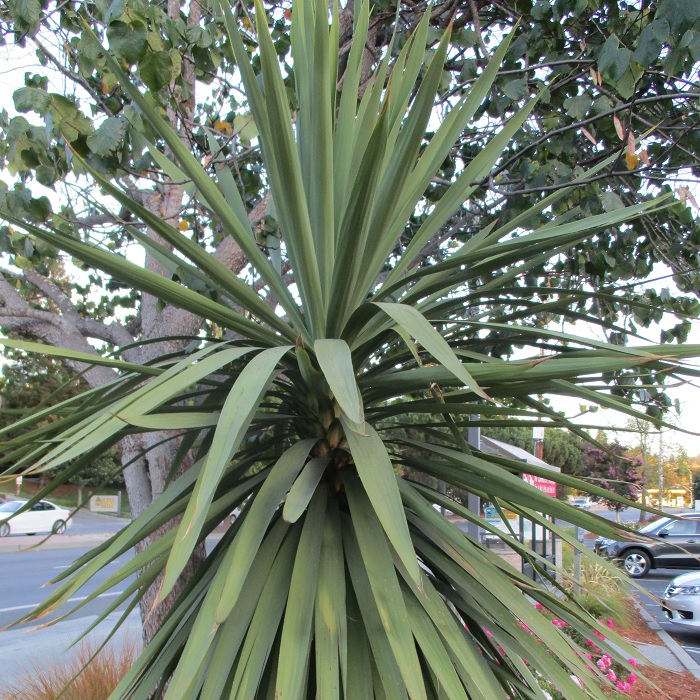UNITED STATES—The difficult part is pulling up the warm season vegetable plants while they still seem to be productive. It gets much easier after that. Putting new cool season vegetables back into the garden is much more gratifying. Vegetable gardening never stops here. One season starts before the previous season ends. If cool season vegetable plants get a late start, they take longer to produce.
If there is enough space in the garden, the cool season vegetables can go somewhere else, while the warm season vegetable plants finish with what they might still be working on. Tomatoes might last until frost. Even when it gets too cold for the foliage, green fruit can still ripen on the vine, and a bit more on the kitchen windowsill. Green tomatoes remaining after that can be pickled.
If the soil does not need too much amendment, and the spacing works out well, new cool season vegetable plants can be planted in with the warm season vegetable plants so that they can start to grow and disperse roots while the warm season vegetables finish. By the time the warm season plants succumb to cooling weather, the new cool season plants will already be maturing nicely.
This technique does not work so well with last season’s tomatoes only because they are so greedy with nutrients. Fertilizer might compensate for plants that seem slow where tomatoes had been previously. A bit of amendment can be added to the soil when new cool season plants get planted, and more can be added between them when old warm season vegetable plants get removed.
Broccoli, cabbage and cauliflower should all be planted as seedlings, so they can work nicely with interplanting with aging warm season vegetable plants. Since only a few of each type are needed for a well outfitted garden, one or two cell packs of six or eight plants each should be sufficient. Each cell pack does not cost too much more than a packet of seed. Seedlings get established quickly.
Beets, carrots, lettuce, spinach and peas should be grown from seed sown directly into the garden, so do not work so well with interplanting. Too many individual plants of each type are needed. It just would not be practical to grow them from cell pack seedlings. Besides, they grow so efficiently from seed. Kale can be grown either from seed of seedlings. It might be too late for cucumbers.
Highlight: dracaena palm
Dracaena palm, Cordyline australis, is not a palm at all. It is more closely related to yuccas. (Incidentally, a few yuccas are also inaccurately known as palms as well, but that is another story.) The simple specie that grows taller than a two story house is rare nowadays. It develops a high branched canopy of evergreen olive drab foliage. The three-inch wide leaves are about three feet long.
Modern cultivars stay significantly shorter, with somewhat shorter and less pendulous leaves. Some are nicely bronzed or purplish. Others are variegated with creamy white, pale yellow or pinkish brown. Trusses of minute flowers that bloom in early summer are not much to look at, and drop sawdust-like frass as they deteriorate. Bloom might be greenish white or blushed, and then fades to tan. Most modern cultivars do not bloom much, or may not bloom at all. The gray trunks have an appealingly corky texture.
Horticulturist Tony Tomeo can be contacted at tonytomeo.wordpress.com.




